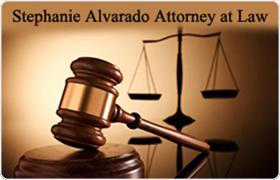Kempner Felony Lawyer, Texas
Sponsored Law Firm
-
 x
x

Click For More Info:
-
Stephanie Alvarado Attorney at Law
100 N Central Expy Suite 805 Richardson, TX 75080» view mapCriminal Defense Law Fighting Against Unjust Prosecution
Attorney Stephanie Alvarado is there for her clients when help is needed right away. Helping people charged with crimes in Texas for over 20 years.
800-988-5471
Not enough matches for Kempner Felony lawyer.
Below are all Kempner Criminal lawyers.
Zachary L Boyd
Juvenile Law, Family Law, Car Accident, Government,
Status: In Good Standing Licensed: 19 Years
James Richard Thompson
Family Law, Criminal, Business & Trade, Bankruptcy
Status: In Good Standing Licensed: 54 Years
 Stephanie Alvarado Richardson, TX
Stephanie Alvarado Richardson, TX Practice AreasExpertise
Practice AreasExpertise
